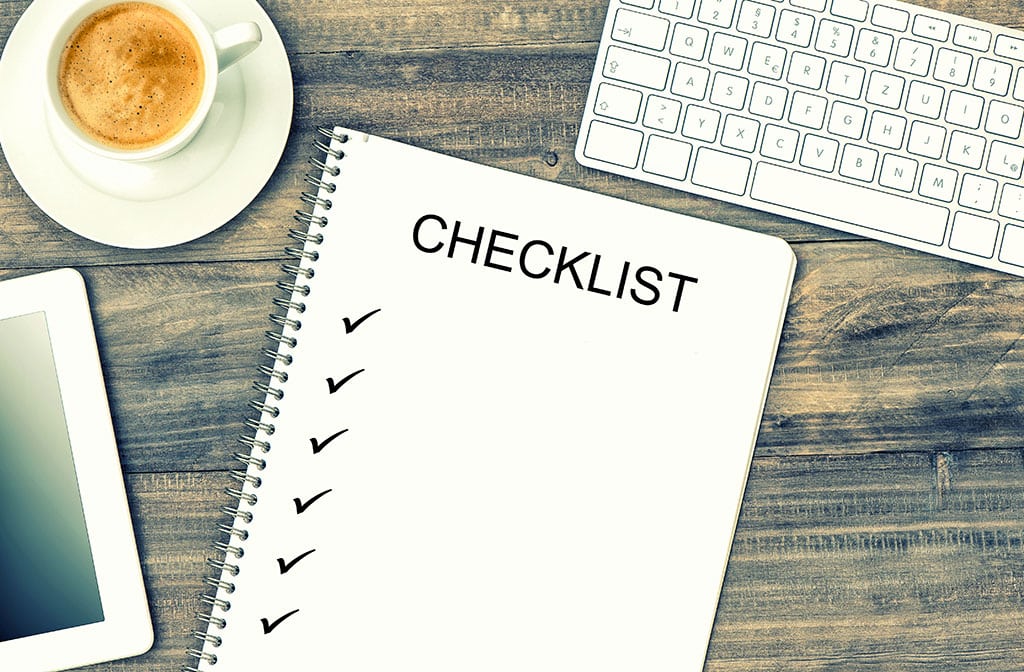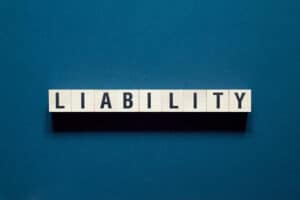We’ve explored topics in the past related to how alarm installers should choose contract templates, how they can avoid property damage, and other key steps for working with new clients. Details like these are very important when it comes to avoiding liability issues and the threat of a lawsuit.
Today, we’re distilling a lot of that information down into a simple alarm installation checklist that installers can use as a helpful reminder after every job to avoid liability issues. If your workers are taking these steps after any new installation, you may want to codify them for future training.
Check That All Alarms and Sensors Are Connected
One of the most common lawsuits in the alarm installation field relates to alarm systems that just don’t work in an emergency. That could mean fire alarms that don’t sound in, burglar alarms that never contact a monitoring center, or a room where sensors were placed but never connected. As wireless devices have grown more common, failed connections have also grown more numerous.
This is why installers should always do one last check of every sensor and alarm they have placed. Every component should be powered on, connected to the main system, and ready to work. A full test of a simulated alarm triggers is the best way to do this, and should always be the final step in any setup.
Take Photos of the Work That Was Done
As long as clients don’t express any privacy concerns, it’s a very good idea to take a few quick photos of completed installations. The value is twofold. First, you have pictures that prove you completed the installation as the contract stated, which can be evidence if the business ever has to deal with a lawsuit. Second, the photos show the state of the surrounding property after installation and can prove that property damage wasn’t the fault of the installer if a client complains later.
In the right circumstances, you can even use these photos as part of testimonials or marketing on your website!
Make Sure the Client Has An Itemized Bill
While the client should already have a detailed estimate, it’s also important that they get an itemized bill showing everything that was completed and a breakdown of costs. Another common legal issue we see is when clients claim that an installer overcharged them or missing a service they were supposed to perform. Going over an itemized bill at the end of a job helps prevent any confusion, and lets installer arrange for payment more easily.
Arrange Training or Walkthroughs of the System for Owners/Employees
Alarm training can be simple or complex. For a basic residential system, training may only take a few minutes at the end of the job. For a more complex commercial system, training may involve taking whole groups of employees through system basics and what to know when an alarm sounds.
No matter the situation, installers should always offer training or arrange training sessions with the owner of the system. Liability issues can arise if there’s property damage or theft and people complain they didn’t know how to use the alarm system.
Let the Client Know About Scheduled Maintenance Options
If alarm systems fail because of lack of maintenance, owners often seek to blame the installer. That could be something like wireless alarms that have dead batteries, outdoor sensors that have failed due to the elements, or systems that have gone offline when no one noticed.
If possible, always offer a scheduled maintenance program for the client to subscribe to. If clients aren’t interested, provide them with materials that show what maintenance needs to be done, and remind them that the system may not work without proper maintenance.
Present Any Important Disclaimers
What happens when a client or owner chooses to ignore an important step, like those listed above? What if they don’t want to do any alarm system training, or don’t want to arrange for any maintenance with your company? Clients may also choose to not install recommended parts of an alarm system or may refuse to mount sensors in places and areas where they should be.
Situations like this is why it’s smart to also have a disclaimer as part of the wrap-up. Disclaimers can be used to quickly state services that the client didn’t want or sign up for. Templates can be customized on the spot to note that clients didn’t choose recommended products or placement, too. And disclaimers can help in more complicated situations where residential systems may not technically be up to code while still being legal to install.
Final Notes
A quick checklist like this can go a long way in preventing liability issues from arising after an installation job is complete. When schedules get busy, we know it’s tempting to skip or hurry along these steps to get to the next job. But being thorough is an excellent way to prevent future lawsuits. The steps above should only take a few extra minutes for most jobs. Budget your installers’ time wisely so they’ll have the space to handle all the final details.
Finally, if something does go wrong in an alarm installation, your business may be sued even if it wasn’t related to your performance. Check El Dorado’s alarm liability insurance to make sure you’re covered in the right ways.
As a professional alarm installer, be sure you are protected the same way your clients are. Give El Dorado Insurance a call today to make sure your insurance coverage is as comprehensive as the coverage of the alarms you install.






